ALSO IN THE SERIES BY BARRIE KERPER

ATHENS
The Collected Traveler
MOROCCO
The Collected Traveler
NORTHERN SPAIN
The Collected Traveler
PARIS
The Collected Traveler
PROVENCE
The Collected Traveler
SOUTHWEST FRANCE
The Collected Traveler
TUSCANY AND UMBRIA
The Collected Traveler
VENICE
The Collected Traveler
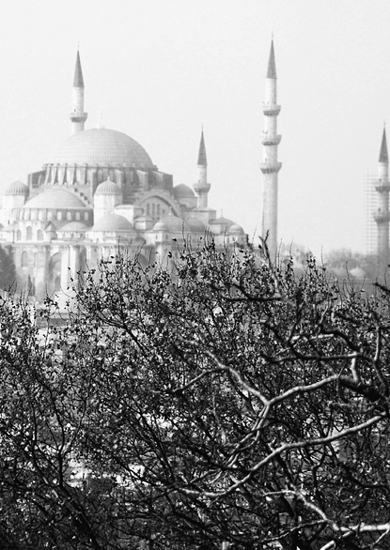
Once again, to my mother, Phyllis,
who always believed my boxes of files
held something of value,
and to my father, Peter,
the most inspiring person in my life


T he rich colors of the spectrum of Ottoman art, evocative of both a heavenly and an earthly Paradise, help to convey artistic messages that, while reflecting the religious and cultural complexities and subtleties of Ottoman civilization, at the same time speak to all of us in a clear and understandable artistic voice. The concept of otherness, for all of the incredible suffering and destruction that it has caused when exploited in the political clashes of nations and cultures, is fortunately a very fragile one, whose hard and destructive edges erode very quickly once we familiarize ourselves with other cultures. The centuries-old artistic legacy of the Ottomans will always preserve the mystique of another time and another place, but their works of art still contain the power to move and fascinate us, whatever our culture, with the immediacy and freshness that enables all great art to overcome distance and years, cultures and beliefs. These artists and patrons were Ottomans of bygone ages, but they were also people just like us. What delighted, inspired, and moved them also delights, inspires, and moves us, putting interesting differences of time, space, culture, and language into their proper perspective against the enduring message of beautiful things.
W ALTER D ENNY ,
Iznik: The Artistry of Ottoman Ceramics
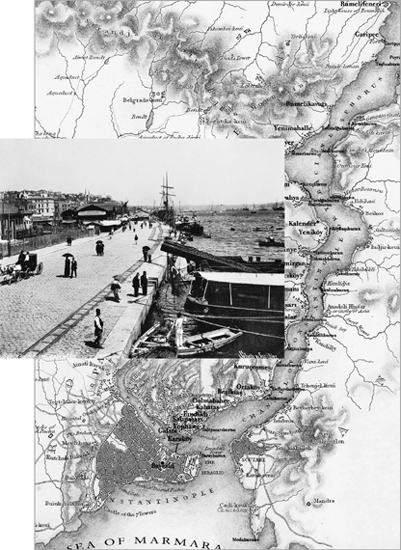
I stanbul may or may not be the worlds most magnificent city, but it is certainly the most magnificently situated.
S TEPHEN K INZER ,
Crescent & Star: Turkey
Between Two Worlds
I t would be a dull visitor indeed who could not find, at certain times, in certain lights, a place in the city which did not whisper of what is past, or passing, or to come. For Istanbul is still the Miklagard [Great City] of the Vikings, and still the Red Apple of the Turks. The handprint of the conqueror is still on its column, and the ruthless ambition of an empress is encapsulated in a mosaic. Yeats was right: many moments of greatness and decay reverberate across the modern city, built up by the voices of the living and the dead.
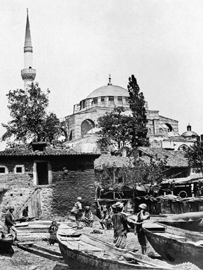
J ASON G OODWIN ,
in the foreword to
Istanbul: Poetry of Place

INTRODUCTION
Istanbul [is] like any great Imperial city a melting pot of cultures, a homing ground for disparate peoples, a Tower of Babel. Here Asia, the Transcaucasus, and the Balkans meet, Tartary and Arabia converge, Black Sea and Mediterranean types gather, Muslim, Christian, and Jew pray, ancient and modern counterpoint.
Ate Orga,
Istanbul: Poetry of Place
 T HIS IS an exciting moment in history to visit Istanbul. The United Nations has designated no fewer than nine World Heritage sites in Turkey, and the European Union has chosen Istanbul to be a European Capital of Culture for 2010. If you feel you may have an image of the city that is dusty and medieval, you probably do, and its outdated: an August 2005 cover story of Newsweek proclaimed Istanbul The Coolest City in the World; Tyler Brl, founder of Wallpaper, was quoted in the May 2006 issue of Australian Gourmet Traveller saying that Istanbul is the new black. Its the new Barcelona and Turkey is now the emerging hot spot for edgy food, cool design, and early adopters of premium tourism that Spain was ten years ago; Suzy Menkes, writing in The International Herald Tribune in December 2006, noted that Istanbul, straddling East and West across the Bosphorus, is on the cusp of change; and three-Michelin-star chef Jean-Georges Vongerichten opened an outpost of his Spice Market restaurant in Istanbul in 2008 in the swank new W Hotel. The Wallpaper City Guide to Istanbul enthuses that some cities continue into the twenty-first century only as museum pieces or tourist trapsand in Istanbul, the impressively numerous sights and still more numerous carpet salesrooms fulfill both functions in one easily navigable cruxbut Istanbul is a monster metropolis that never stands still (and thats not a coded reference to its seismic activity).
T HIS IS an exciting moment in history to visit Istanbul. The United Nations has designated no fewer than nine World Heritage sites in Turkey, and the European Union has chosen Istanbul to be a European Capital of Culture for 2010. If you feel you may have an image of the city that is dusty and medieval, you probably do, and its outdated: an August 2005 cover story of Newsweek proclaimed Istanbul The Coolest City in the World; Tyler Brl, founder of Wallpaper, was quoted in the May 2006 issue of Australian Gourmet Traveller saying that Istanbul is the new black. Its the new Barcelona and Turkey is now the emerging hot spot for edgy food, cool design, and early adopters of premium tourism that Spain was ten years ago; Suzy Menkes, writing in The International Herald Tribune in December 2006, noted that Istanbul, straddling East and West across the Bosphorus, is on the cusp of change; and three-Michelin-star chef Jean-Georges Vongerichten opened an outpost of his Spice Market restaurant in Istanbul in 2008 in the swank new W Hotel. The Wallpaper City Guide to Istanbul enthuses that some cities continue into the twenty-first century only as museum pieces or tourist trapsand in Istanbul, the impressively numerous sights and still more numerous carpet salesrooms fulfill both functions in one easily navigable cruxbut Istanbul is a monster metropolis that never stands still (and thats not a coded reference to its seismic activity).
On the other hand, those who think that modern Turkey has become too much like anywhere else are simply mistaken. Things are different in Turkey, as writer Anthony Weller noted in European Travel & Life: Istanbul, which straddles the border between Europe and Asia, is schizophrenic; it cannot make up its many minds about anything. It is either the last noisy city in Europe or the first quiet town in Asia.
I admit that one of the reasons I initially wanted to visit Istanbul was due to my affection for that silly song, Istanbul (Not Constantinople), written by Jimmy Kennedy and Nat Simon and originally recorded by The Four Lads in 1953 for Columbia. (The fact that They Might Be Giants made it a hit again in 1990 was all the proof I needed that the song is catchy and endearing.) Some years later, I learned of an earlier song, C-O-N-S-T-A-N-T-I-N-O-P-L-E, recorded by Paul Whiteman and Bing Crosby in 1928, which is even sillier. But I love them both, and for many years I couldnt imagine a more exotic city on earth.
Philip Mansel, in Constantinople: City of the Worlds Desire,


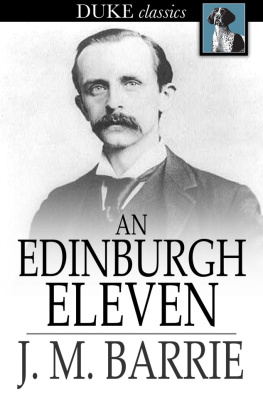

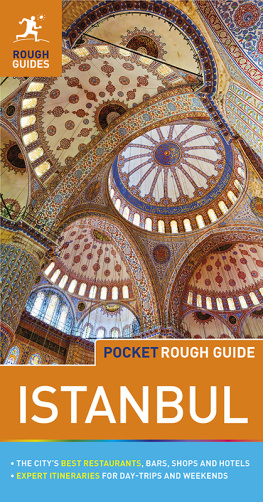
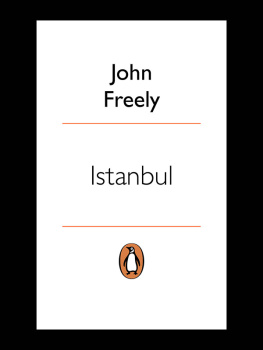
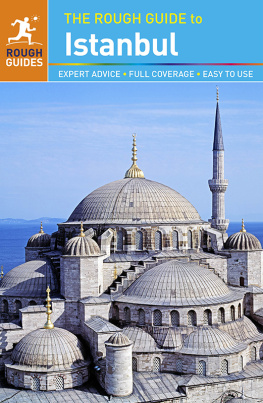
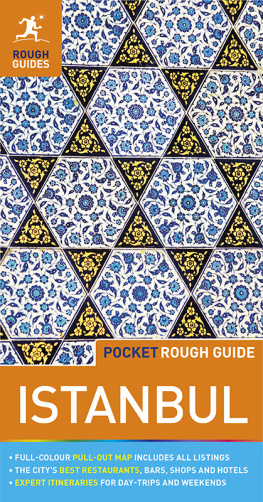
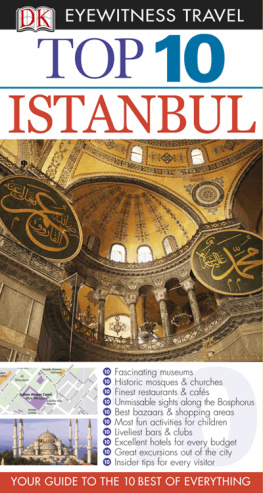
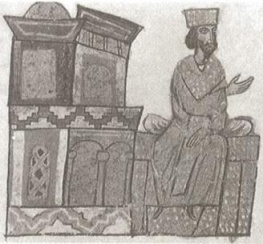
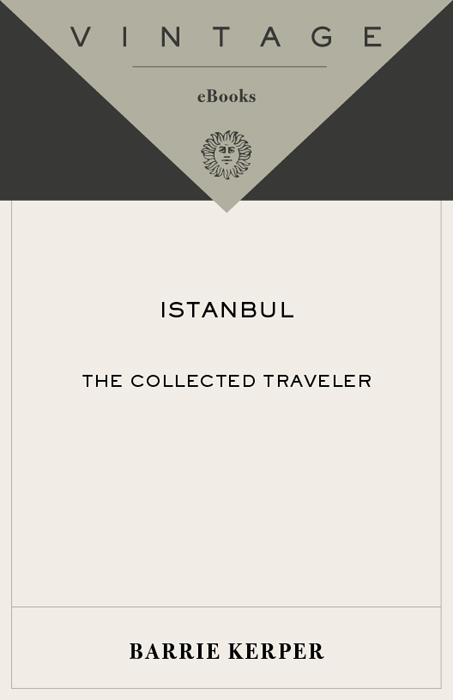


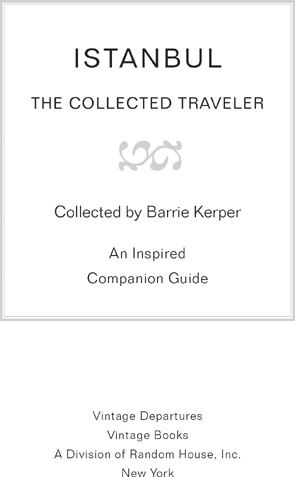





 T HIS IS an exciting moment in history to visit Istanbul. The United Nations has designated no fewer than nine World Heritage sites in Turkey, and the European Union has chosen Istanbul to be a European Capital of Culture for 2010. If you feel you may have an image of the city that is dusty and medieval, you probably do, and its outdated: an August 2005 cover story of Newsweek proclaimed Istanbul The Coolest City in the World; Tyler Brl, founder of Wallpaper, was quoted in the May 2006 issue of Australian Gourmet Traveller saying that Istanbul is the new black. Its the new Barcelona and Turkey is now the emerging hot spot for edgy food, cool design, and early adopters of premium tourism that Spain was ten years ago; Suzy Menkes, writing in The International Herald Tribune in December 2006, noted that Istanbul, straddling East and West across the Bosphorus, is on the cusp of change; and three-Michelin-star chef Jean-Georges Vongerichten opened an outpost of his Spice Market restaurant in Istanbul in 2008 in the swank new W Hotel. The Wallpaper City Guide to Istanbul enthuses that some cities continue into the twenty-first century only as museum pieces or tourist trapsand in Istanbul, the impressively numerous sights and still more numerous carpet salesrooms fulfill both functions in one easily navigable cruxbut Istanbul is a monster metropolis that never stands still (and thats not a coded reference to its seismic activity).
T HIS IS an exciting moment in history to visit Istanbul. The United Nations has designated no fewer than nine World Heritage sites in Turkey, and the European Union has chosen Istanbul to be a European Capital of Culture for 2010. If you feel you may have an image of the city that is dusty and medieval, you probably do, and its outdated: an August 2005 cover story of Newsweek proclaimed Istanbul The Coolest City in the World; Tyler Brl, founder of Wallpaper, was quoted in the May 2006 issue of Australian Gourmet Traveller saying that Istanbul is the new black. Its the new Barcelona and Turkey is now the emerging hot spot for edgy food, cool design, and early adopters of premium tourism that Spain was ten years ago; Suzy Menkes, writing in The International Herald Tribune in December 2006, noted that Istanbul, straddling East and West across the Bosphorus, is on the cusp of change; and three-Michelin-star chef Jean-Georges Vongerichten opened an outpost of his Spice Market restaurant in Istanbul in 2008 in the swank new W Hotel. The Wallpaper City Guide to Istanbul enthuses that some cities continue into the twenty-first century only as museum pieces or tourist trapsand in Istanbul, the impressively numerous sights and still more numerous carpet salesrooms fulfill both functions in one easily navigable cruxbut Istanbul is a monster metropolis that never stands still (and thats not a coded reference to its seismic activity).